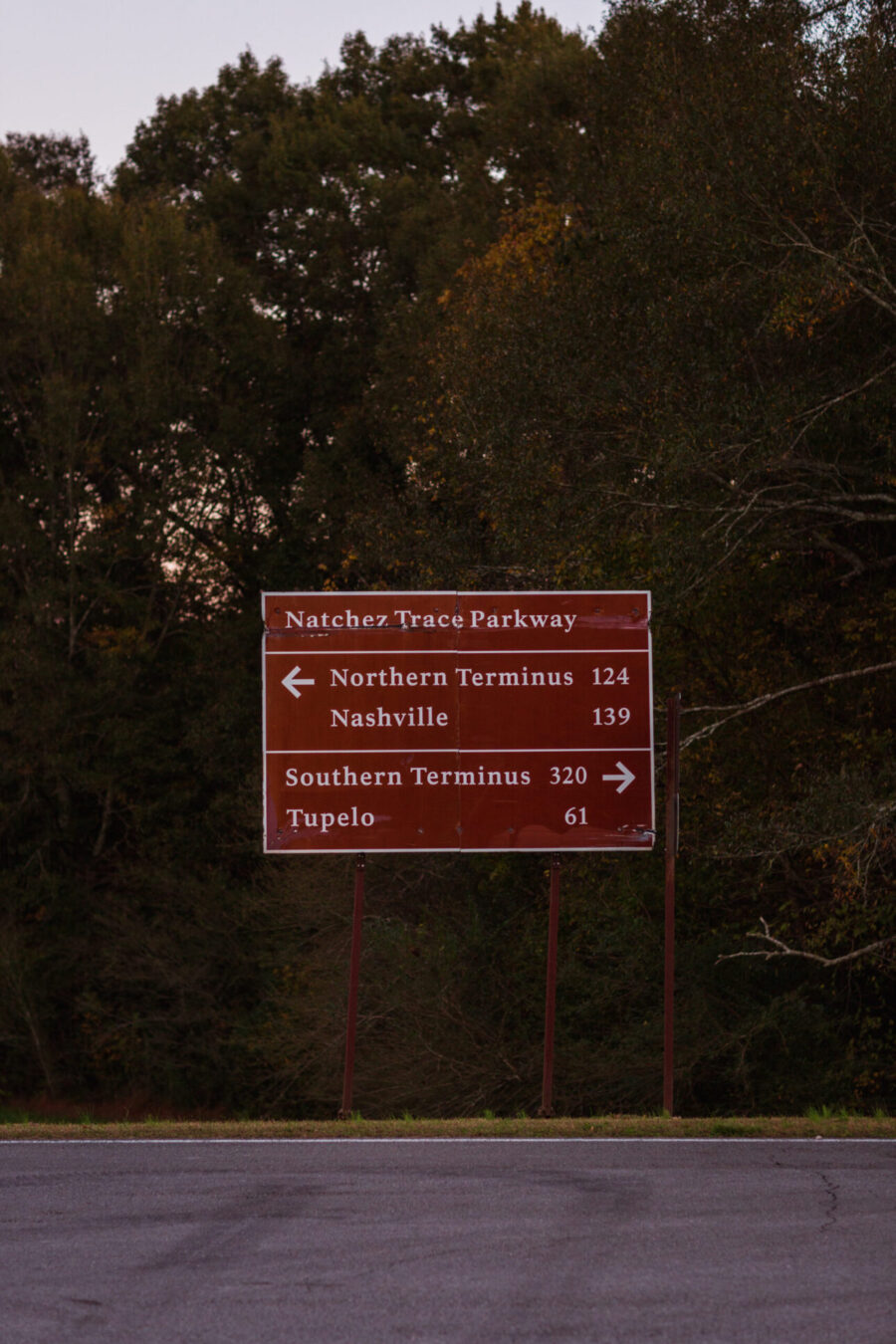Historic Roads
Paths created by animals migrating across the southeast became trade and travel routes used by humans for thousands of years. Some trails have evolved from dirt pathways to paved highways that can accommodate the heavy flow of modern vehicles. Roads have been instrumental in connecting people and places throughout our history; they are responsible for facilitating the spread of knowledge, cultural identity, and technology between communities.
While the Tennessee River often posed challenges that made travel difficult, the six counties of the Muscle Shoals National Heritage Area are intersected by land routes that facilitated the movement of people through the region. Indigenous people first used them to follow herds of animals and to connect with other groups of people in far-removed places. These routes also brought white migrants to Alabama in the late eighteenth and early nineteenth centuries. Many of these migrants brought enslaved men and women with them, while other groups of enslaved people were forced along some of these routes between slave markets in the south. Military forces also constructed new roads and improved others to make the movement of soldiers easier during times of war. Over time, some of these routes have faded away, while others remain important travel routes today.
This project aspires to identify and highlight these roads to document their evolution, display their changing landscape, and record their history.


